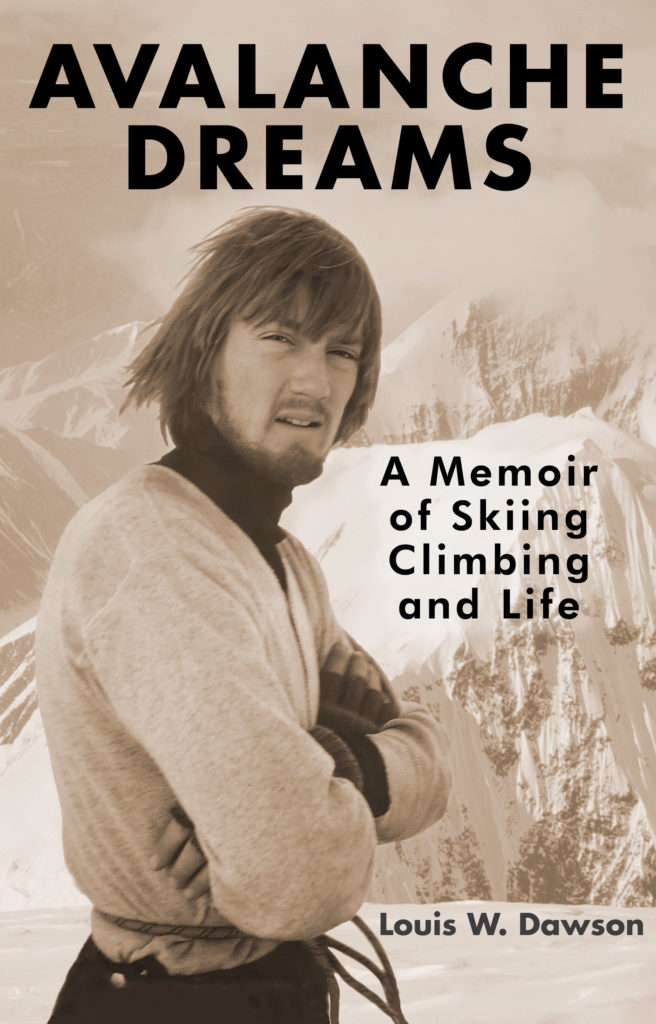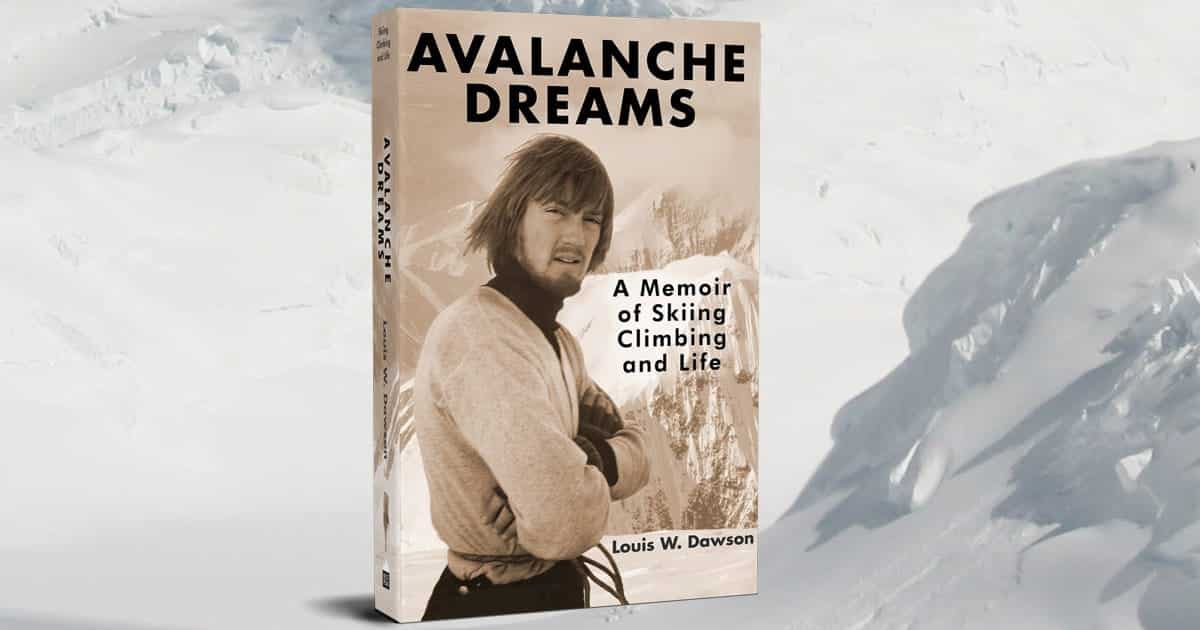Lou Dawson’s memoir, Avalanche Dreams, is a full-circle book exploring ski mountaineering and a well-lived life in the hills.
My dad once flew home with a diamondback rattlesnake in a pillowcase as carry-on luggage. He was returning to Massachusetts after a formative summer in the Four Corners. In one of the more infamous stories he tells of his childhood, my grandmother went bananas and wouldn’t let the snake in the house. It briefly lived in my grandparents’ barn before being sent to school with my dad, where I guess they thought the science teacher might provide refuge. The next day, my father was informed the snake had died. No details were given.
Growing up as a kid on the East Coast, the West was synonymous with adventure. I wanted to escape the deciduous forest for high mountains and become a skier and a climber. I wanted to catch proverbial, if not literal, snakes. The trouble, of course, is that those snakes can bite, a lesson that maybe I am still learning and one that sucks me into stories of adventure and lives lived in the mountains. This lesson is at the heart of Lou Dawson’s new memoir, a story of a life lived climbing and skiing, with the occasional rattlesnake along the way.

Lou Dawson, pioneering American ski mountaineer, climber, and writer, dissects hard-earned wisdom of the mountain in “Avalanche Dreams: A Memoir of Skiing Climbing and Life.” Avalanches are, as Lou puts it, the “sword of Damocles” whispering “rocks, snow, people-all fall.” Lou’s story of his “unrecoverable addiction” to the mountains is a hero’s journey of facing dragons and overcoming Herculean trials to find comfort beneath that sword through partnership and family. He also catches literal rattlesnakes, managing to get his elementary school evacuated when the sheriff comes to kill them.






Leave a Reply
You must be logged in to post a comment.